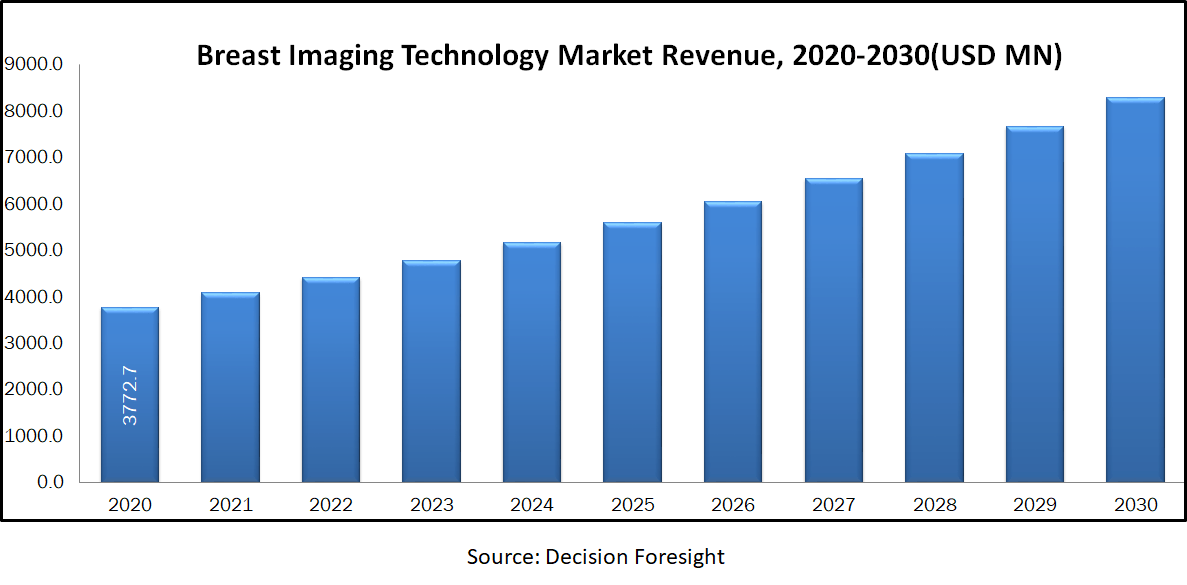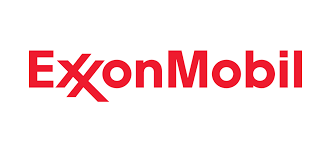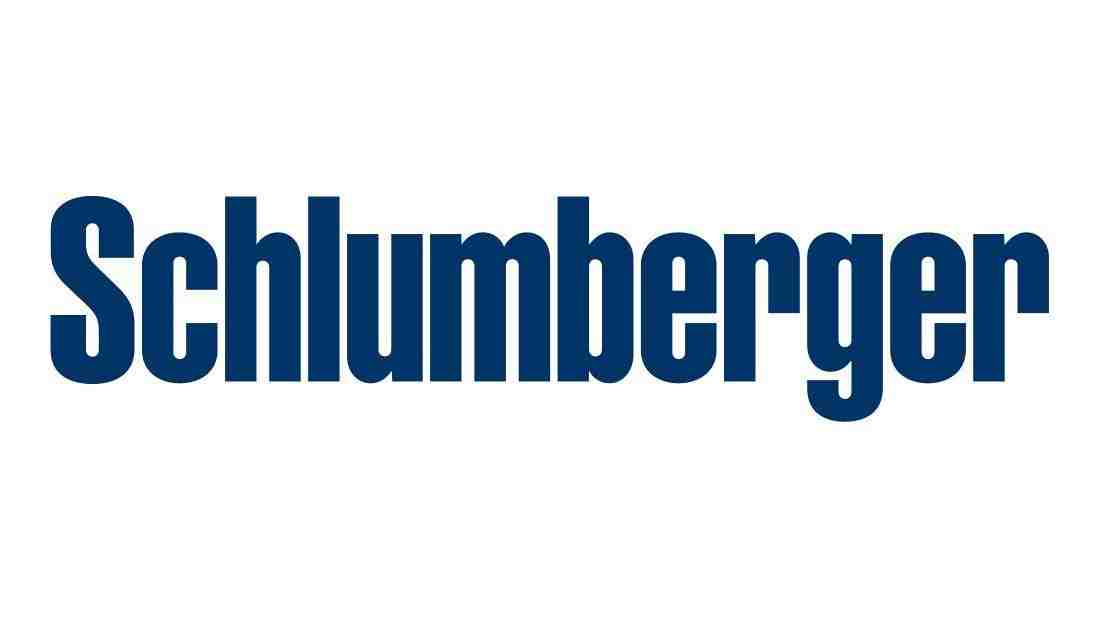Breast Imaging Market held USD 3772.7 billion in 2020 and is to grow with a CAGR of 8.2% from 2020-2030. Breast imaging techniques are used to obtain high resolution images of breast tissue. Is used. These forms of imaging, such as ionization and non-ionization imaging technology, help identify and diagnose breast diseases, especially breast cancer in women. Breast cancer is the second leading cause of cancer in women after cervical cancer. Glucocin estimates that breast cancer is the most common form of cancer in women, with approximately 1.67 million diagnoses of cancer in 2012, and it is expected to affect more than 1.97 million people by 2020. ? Thus, breast imaging market techniques are important for reducing the risk of breast cancer and its associated risk factors. Therefore, increasing the prevalence of breast cancer is expected to increase the market share of breast imaging technologies.
Market Dynamics and Factors:
Breast imaging market growth is mainly due to increasing technological advances, increasing number of conferences and seminars aimed at raising breast cancer awareness, increasing screening programs and early diagnostic and diagnostic benefits. Emerging markets, increased public and private investment to meet the growing demand for breast cancer screening, and improved compensation approvals are expected to provide broader growth opportunities for market participants. Supporting government measures to increase the spread and awareness of breast cancer is boosting market demand. The UK government's clear response to the cancer campaign has helped raise awareness of risk factors, prevention measures and early detection of cancer. The campaign included free screening programs that detect 15,000 cancer patients. The market is expected to grow due to technological advances in imaging. Companies such as Gamma Medica, Dylan Technologies and Sonaken are dedicated to developing the best technology in the field of breast imaging. Innovation of free products such as breast pads developed by GE Healthcare to relieve the woman undergoing screening can be expected to increase the market.
Market Segmentation:
Based on the technology, the breast imaging market trends is segmented into mammography, breast ultrasound, MRI, CBCT, MBI, PET-CT, ABUS, Optical Imaging. Based on mammography, market segmentation includes FFDM, Digital and 3D Mammography. By end user, breast imaging market is segmented into hospitals & clinics, breast care centers, diagnostic imaging centers. Geographical breakdown and analysis of breast imaging market share each of the aforementioned segments includes regions comprising North America, Europe, Asia-Pacific, and RoW.
Geographic Analysis:
North America dominated the breast imaging industry accounting for significant market share in 2019. Improved medical facilities in the region as well as the availability of medical reimbursement have contributed to the use of these devices. In addition, the prevalence of chronic diseases in this region is well above the global average, which contributes to the significant growth of this region. The fastest breast imaging market growth is expected for the Asia-Pacific region in the forecast period. Supportive government policies to improve health systems and economic development are likely to be the drivers of breast imaging market growth.
Competitive Scenario:
Global breast imaging market, is highly competitive and focusing on creating awareness regarding the breast cancers. Key players enhancing the global breast imaging market size include GE Healthcare, Philips Healthcare, Hologic, Inc., Siemens Healthcare, Fujifilm Holdings Corp., Gamma Medica, Inc., Toshiba Corporation, SonoCine, Inc., Dilon Technologies, Inc., and Aurora Imaging Technology, Inc.
Breast Imaging Market Report Scope
| Report Attribute | Details |
| Analysis Period | 2020–2030 |
| Base Year | 2021 |
| Forecast Period | 2022–2030 |
| Market Size Estimation | Billion (USD) |
| Growth Rate (CAGR%) | 8.2 % |
|
| By Technology [Mammography (FFDM, Digital & 3D Mammography), Breast Ultrasound, MRI, CBCT, MBI, PET-CT, ABUS, Optical Imaging], By End user (Hospitals & Clinics, Breast Care Centers, Diagnostic Imaging Centers) |
| Geographical Segmentation | North America (U.S., Canada, Mexico) Europe (UK, Germany, Italy, France, Rest of Europe), Asia-Pacific (China, Japan, India, Australia, Rest of APAC), South America (Brazil, Argentina, Rest of SA), MEA (UAE, Saudi Arabia, South Africa) |
| Key Companies Profiled | GE Healthcare, Philips Healthcare, Hologic, Inc., Siemens Healthcare, Fujifilm Holdings Corp., Gamma Medica, Inc., Toshiba Corporation, SonoCine, Inc., Dilon Technologies, Inc., and Aurora Imaging Technology, Inc. |







